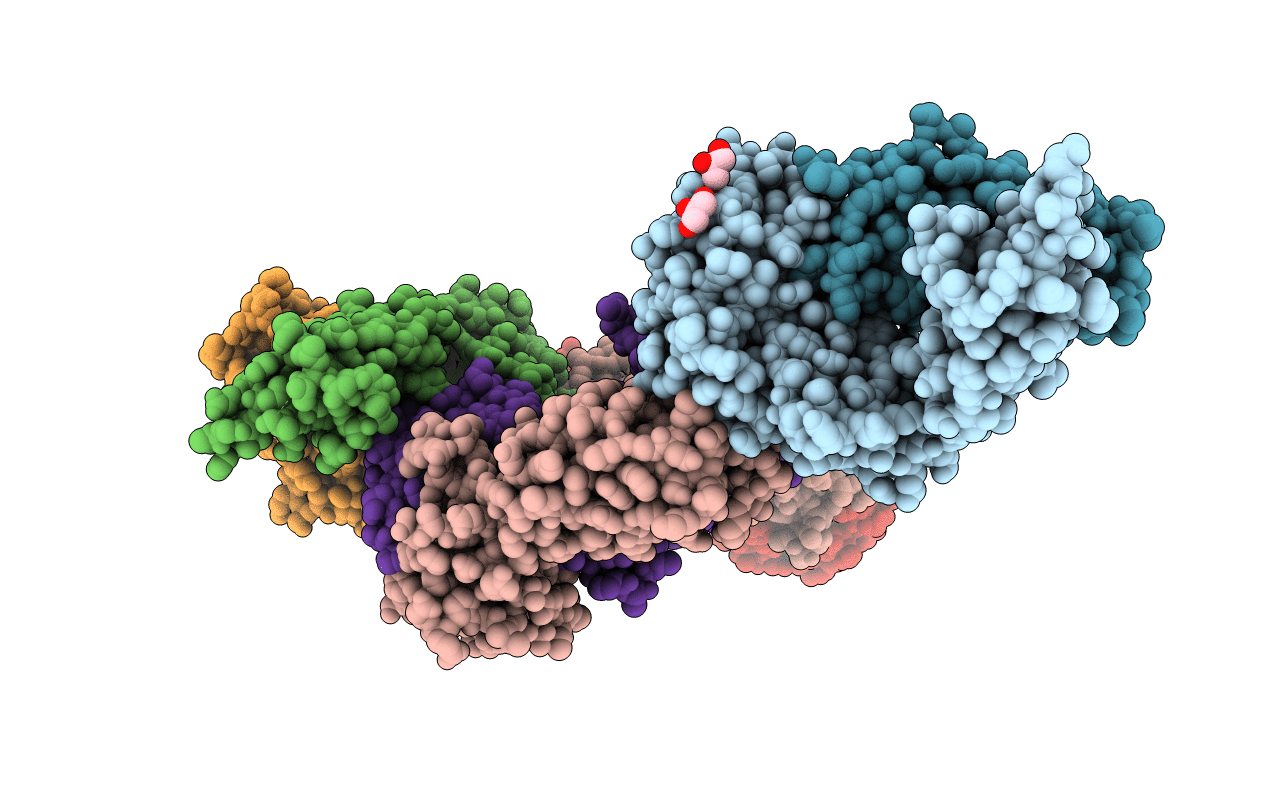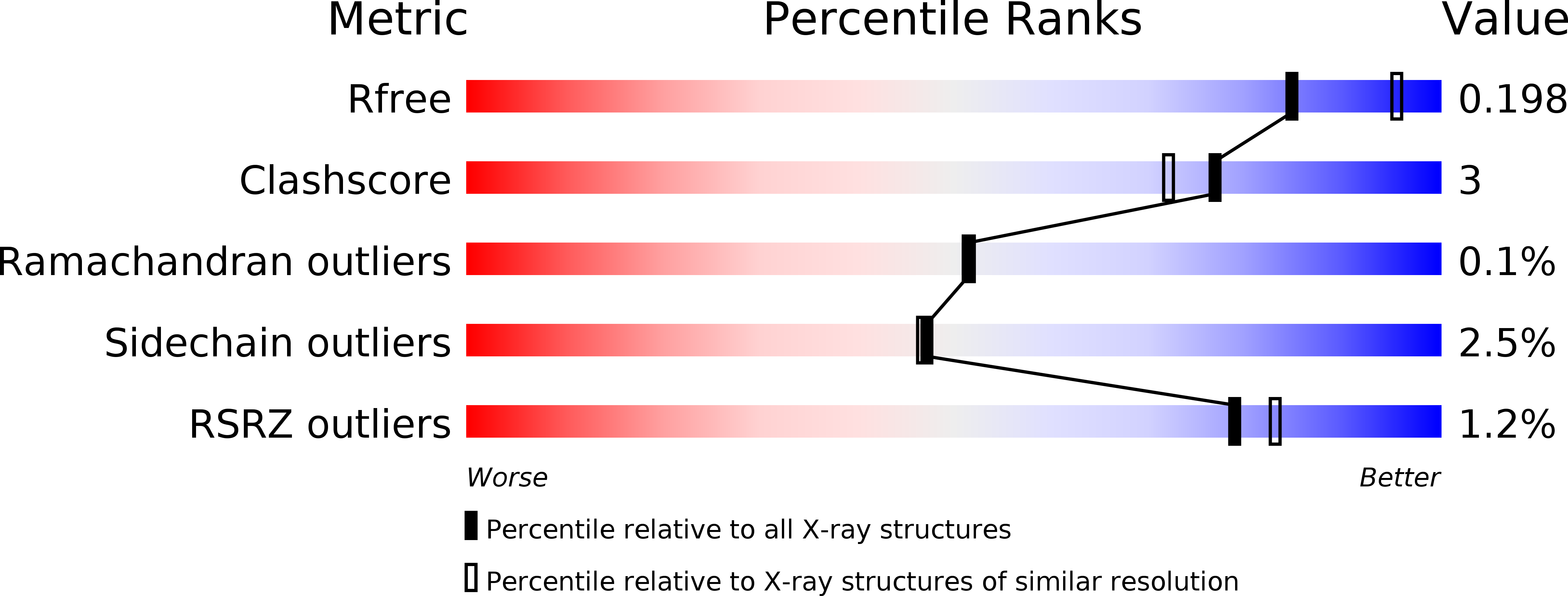
Deposition Date
2019-07-20
Release Date
2020-04-01
Last Version Date
2024-11-06
Entry Detail
PDB ID:
6PVD
Keywords:
Title:
Structure of human MAIT A-F7 TCR in complex with human MR1-NV18.1
Biological Source:
Source Organism:
Homo sapiens (Taxon ID: 9606)
Host Organism:
Method Details:
Experimental Method:
Resolution:
2.14 Å
R-Value Free:
0.19
R-Value Work:
0.16
R-Value Observed:
0.16
Space Group:
C 1 2 1


